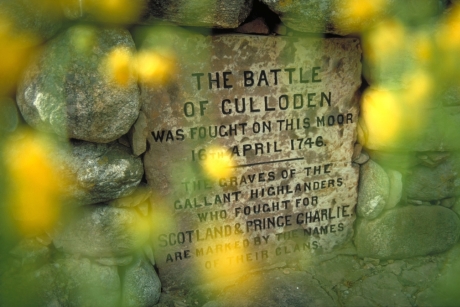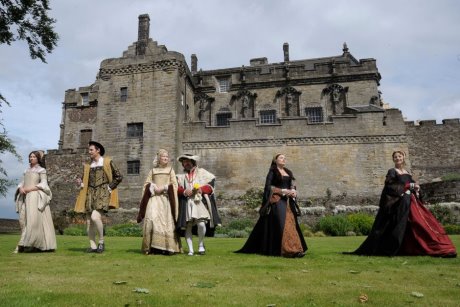
Scotland has designated 2017 as the Year of History, Heritage & Archaeology, so STO has pulled together some school trip ideas to link to the occasion.
Teachers considering Scotland as a school trip destination next year can choose from trips to World Heritage Sites, ancient monuments, listed buildings, and historic battlefields.
Many of these places boast an educational programme linking to the National Curriculum in subjects like History, Geography and Art, while also relating to the Scottish themes of 2017.
Edinburgh Castle
A range of workshops are available at Edinburgh Castle, many linking to History studies across all Key Stages.
Rebels and Redcoats, for example, sees a class meet two soldiers (played by actors) on opposing sides of the Jacobite Rising of 1745 and hear their very different feelings about Prince Charlie and his attempt to regain the British throne.
Castles and Crowns, meanwhile, is a workshop about Kings and Queens of the castle. Primary school children will be led on a tour of the royal castle before getting to dress up as Kings and Queens in majestic period costume. The children will also get to make their own crowns.
Culloden Battlefield
Culloden Battlefield is the site of the last battle of the Jacobite Rising in 1746, and today boasts a visitor centre and interactive exhibition telling the story of the gory fight and its importance in Scotland’s history.

Pictured: A memorial stone at Culloden Battlefield.
A number of educational workshops for Primary and Secondary students can be taken during a visit to the battlefield.
Shadow of the Prince, for example, is a Secondary workshop linking to History that deals with the consequences of conflict on individuals’ lives in 18th century Britain. Students will explore, compare and contextualise life at the time of the battle through real stories.
The Forth Bridge
It’s one of six official World Heritage Sites in Scotland, and the Forth Bridge has its own education centre where pupils can take workshops linking to all the STEM subjects.
Engineering and bridge construction are two of the topics that students can learn about during staff-led visits. An exhibition area provides a learning environment complete with detailed bridge models, exhibition panels about the bridge, audio visual resources, interactive learning challenges and panoramic views of the Forth Bridge.
Both Primary and Secondary school programmes are available and link to Science, Technology, Engineering and Mathematics.
Stirling Castle & the Royal Palace
Stirling Castle provides free educational visits for school groups between September and April. Pupils of all ages can explore its three main enclosures before exploring the refurbished Royal Palace – childhood home of Mary Queen of Scots.

Pictured: Costumed characters at Stirling Castle.
The palace’s lavish design drew on European Renaissance fashions to show off James V’s power and good taste.
Historic Scotland has recreated the palace interiors as they may have looked when the Scottish King’s grand scheme was complete.
Educational workshops at Stirling Castle are available, too, like the forensic handling box session that allows children to learn about some of the objects used in the past, or the Attackers and Defenders workshop that lets children find out how siege engines were designed and built, with the chance to make their own.
National Museum of Scotland
A school trip to the National Museum of Scotland can incorporate Archaeology and History studies, especially for school groups exploring the archaeological and Scottish collections that cover Scottish culture from the earliest times to the present day. Students can learn from Iron Age, Roman and early historic collections.
Teachers who’d like to organise a workshop can do so; a session like Digging up the Past: Celts, a Secondary school workshop, focuses on the ancient past of Scotland. Pupils are able to dig for evidence, explore archaeological objects, and use detective skills to piece together the mysteries of the Celts.
Teacher-led visits to the National Museum of Scotland are free of charge, while workshops and other activities and resources come at an extra cost.
Teachers who’d like more information about Scotland’s Year of History, Heritage & Archaeology should visit www.visitscotland.org.
Lead image: Edinburgh Castle. (Photo credit: VisitBritain and Simon Winnall).










